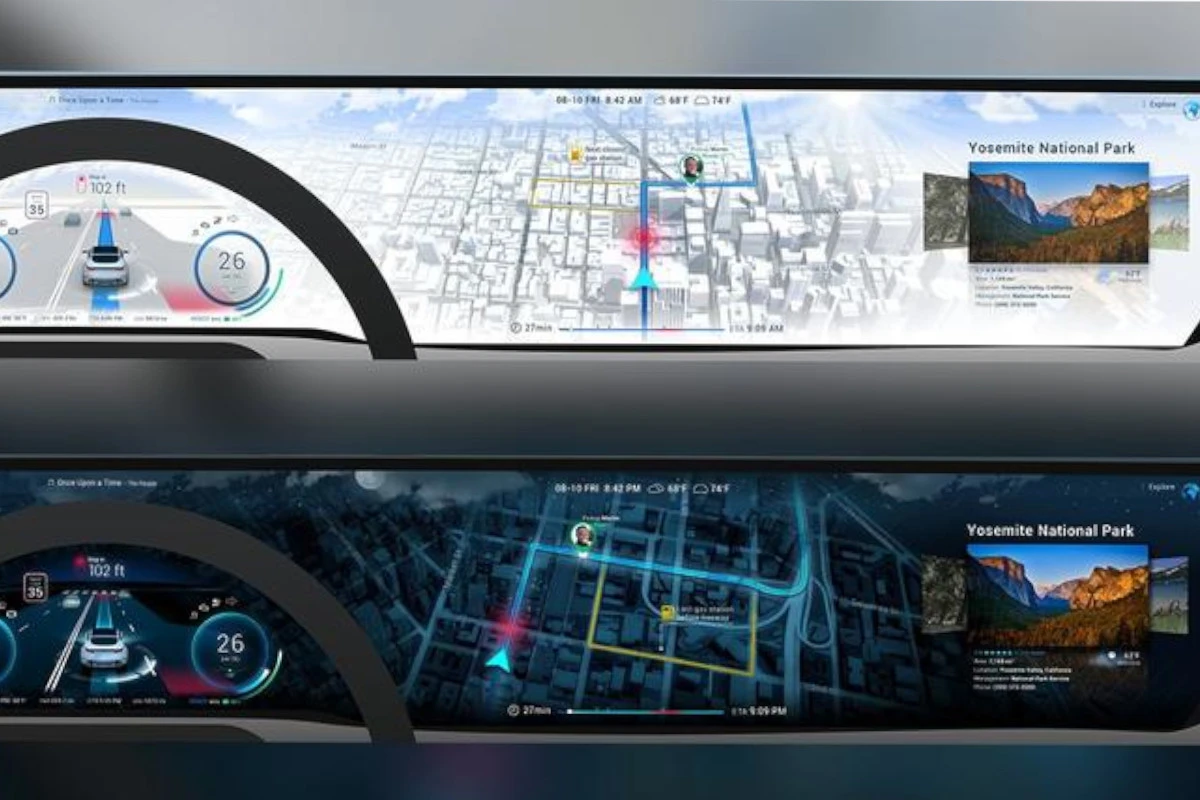Automotive HMI Development: The Future of Driving

As technology continues to advance, the automotive industry is constantly evolving to meet the needs of consumers. One area that has seen significant growth in recent years is the development of automotive human-machine interface (HMI) systems. These systems are designed to enhance the driving experience by providing drivers with easy-to-use interfaces that allow them to control various aspects of their vehicle. In this article, we will explore the current state of automotive HMI development and how it is shaping the future of driving.
Section 1: The Evolution of Automotive HMIs
The first automotive HMIs were simple and consisted of basic controls such as steering wheels, pedals, and switches. As technology advanced, these controls became more complex, with the addition of features such as cruise control, air conditioning, and audio systems. However, these early HMIs were often difficult to use and required drivers to take their eyes off the road, which could be dangerous.
In recent years, automotive HMIs have undergone a significant transformation. With the rise of touchscreens and voice recognition technology, drivers can now interact with their vehicles in a more intuitive and natural way. These new interfaces are designed to be easy to use and provide drivers with access to a wide range of features and functions.
Section 2: The Benefits of Automotive HMIs
One of the main benefits of automotive HMIs is that they allow drivers to focus on the road while still being able to control various aspects of their vehicle. This can help reduce distractions and improve safety on the road. Additionally, HMIs can provide drivers with real-time information about their vehicle’s performance, such as fuel efficiency and tire pressure, which can help them make more informed decisions while driving.
Another benefit of automotive HMIs is that they can be customized to meet the needs of individual drivers. For example, some systems allow drivers to create personalized profiles that adjust the settings of their vehicle based on their preferences. This can include everything from seat position and temperature to audio and navigation settings.
Section 3: Challenges in Automotive HMI Development
While automotive HMIs have come a long way in recent years, there are still some challenges that need to be addressed. One of the main challenges is ensuring that these systems are easy to use and do not distract drivers from the road. This requires careful design and testing to ensure that the interface is intuitive and easy to navigate.
Another challenge is ensuring that HMIs are compatible with a wide range of devices and systems. As more vehicles become connected to the internet and other devices, it is important that HMIs are able to communicate with these systems seamlessly.
Section 4: The Future of Automotive HMIs
As technology continues to advance, the future of automotive HMIs looks bright. One area that is expected to see significant growth is the use of augmented reality (AR) technology. AR can be used to provide drivers with real-time information about their surroundings, such as traffic conditions and road hazards. This can help improve safety on the road and provide drivers with a more immersive driving experience.
Another area of growth is the use of artificial intelligence (AI) in automotive HMIs. AI can be used to learn a driver’s preferences and adjust the settings of their vehicle accordingly. This can include everything from adjusting the temperature and lighting to selecting music and providing navigation directions.
Conclusion
In conclusion, automotive HMIs are an important part of the driving experience and are constantly evolving to meet the needs of consumers. While there are still some challenges that need to be addressed, the future of automotive HMIs looks bright. With the continued development of AR and AI technology, we can expect to see even more advanced and intuitive interfaces in the years to come.






